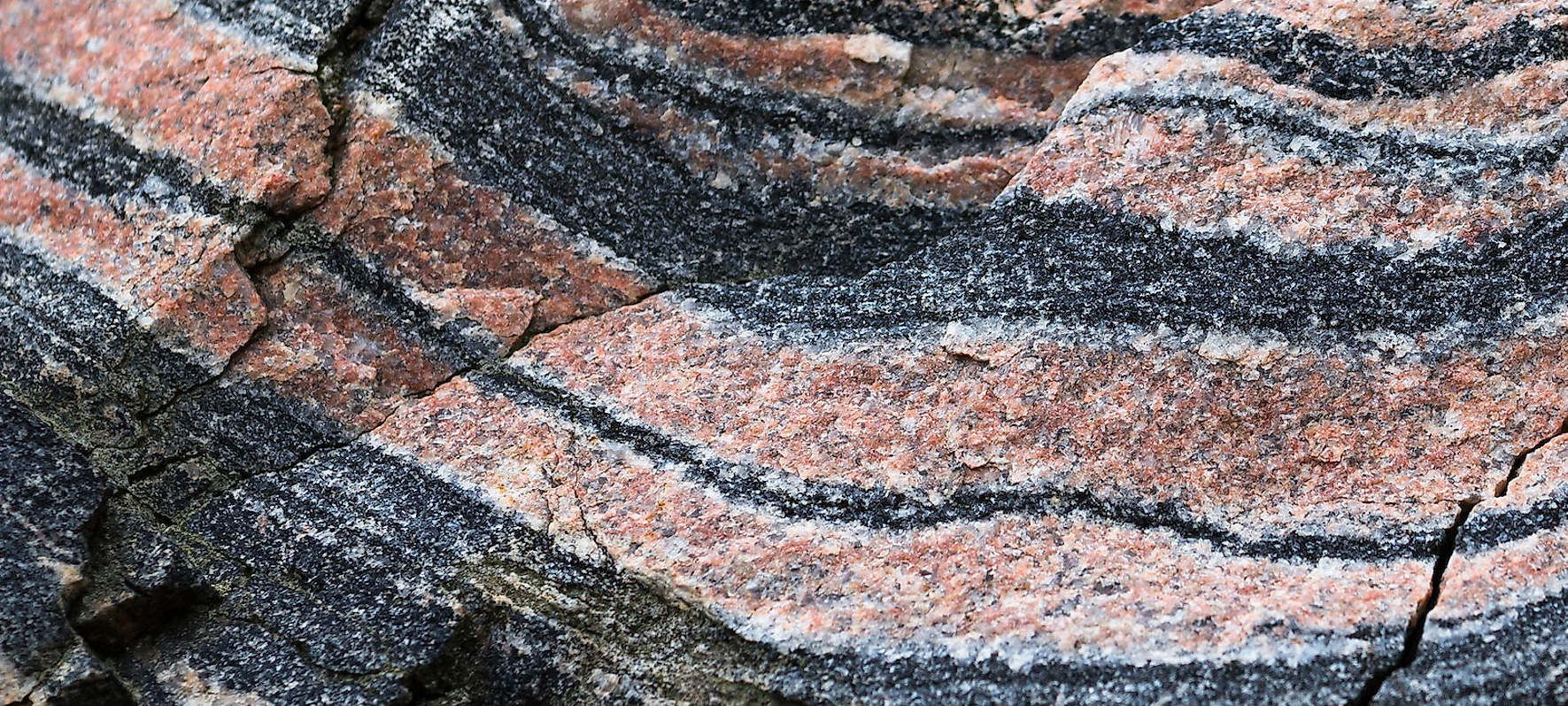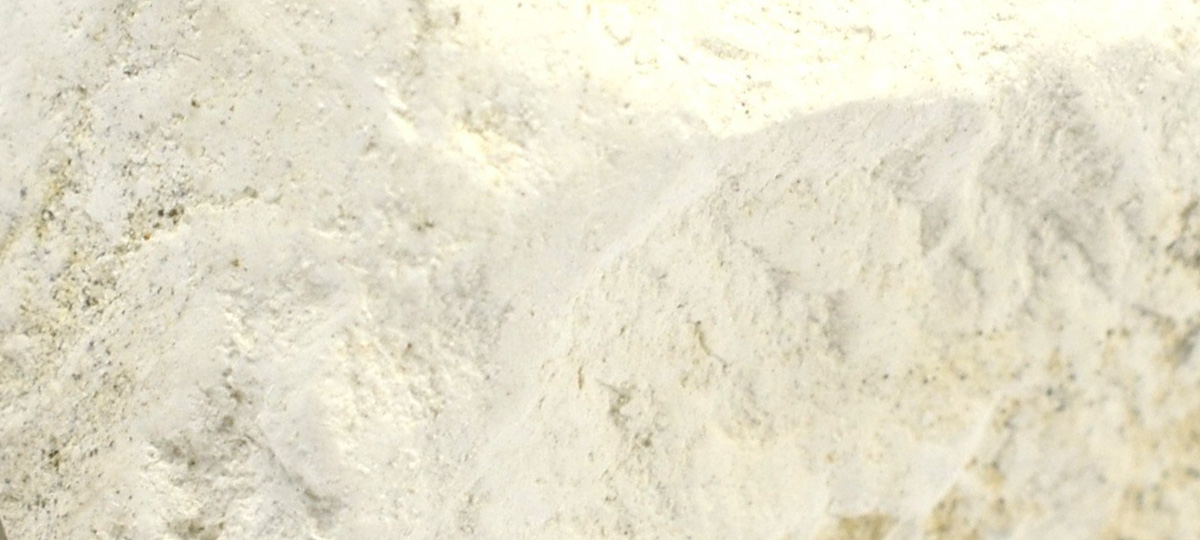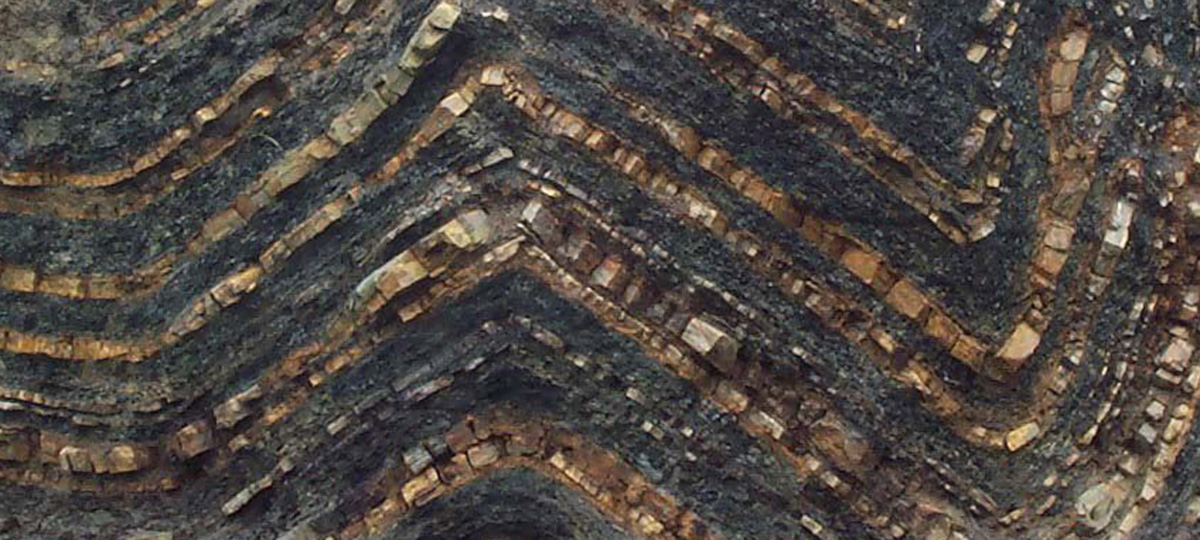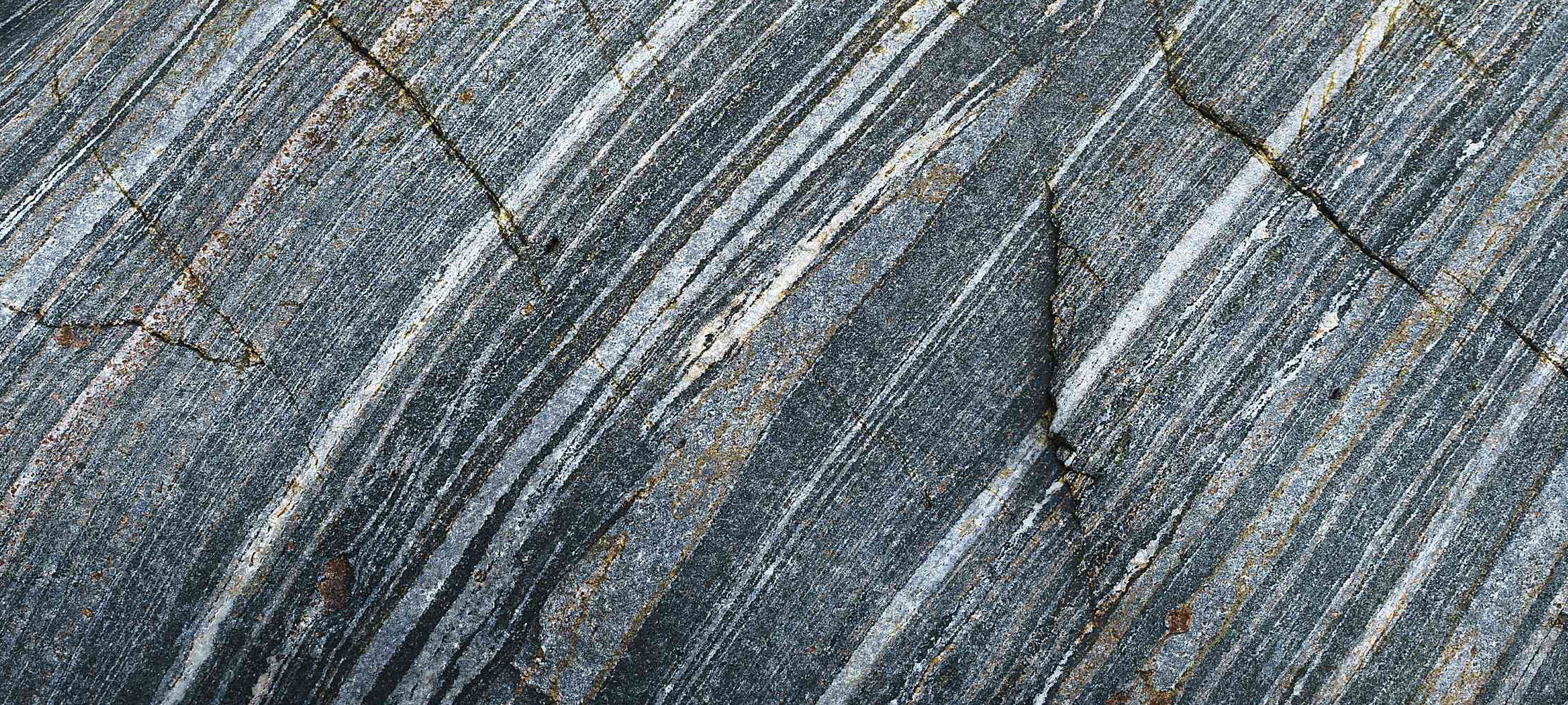Metamorphic rocks are a fascinating class of rocks that have undergone transformation due to intense heat, pressure, or mineral exchange deep within the Earth’s crust. These rocks provide crucial insights into the geological processes that shape our planet and the complex interplay between tectonic forces, temperature, and chemistry. Metamorphic rocks exhibit a diverse range of textures, compositions, and colors, reflecting the myriad conditions that contribute to their formation.
Formation
Metamorphic rocks form when existing rocks, known as parent rocks, are exposed to conditions of high pressure, high temperature, or chemically active fluids. These conditions cause the minerals within the parent rock to recrystallize, rearrange, or exchange elements, resulting in a new rock with distinct physical and chemical properties. Metamorphic rocks are commonly associated with tectonic activity, such as the collision of continental plates, and can be found in mountain ranges, fault zones, and deep within the Earth’s crust.
Types
There are two main types of metamorphic rocks, classified based on their texture:
- Foliated Metamorphic Rocks:
These rocks exhibit a layered or banded appearance due to the parallel alignment of mineral grains under pressure. Examples of foliated metamorphic rocks include: - Slate:
A fine-grained metamorphic rock derived from shale, characterized by its excellent cleavage and often used as a roofing material. - Phyllite:
A fine- to medium-grained rock that forms from the metamorphism of slate, exhibiting a silky sheen and wavy foliation. - Schist:
A medium- to coarse-grained metamorphic rock characterized by its strong foliation and abundant platy or elongated minerals, such as mica and chlorite. - Gneiss:
A coarse-grained, banded metamorphic rock composed of alternating layers of light and dark minerals, often derived from the metamorphism of granitic or sedimentary rocks.
- Non-foliated Metamorphic Rocks:
These rocks do not exhibit a layered or banded appearance and are typically composed of equidimensional mineral grains. Examples of non-foliated metamorphic rocks include: - Marble:
A coarse-grained metamorphic rock composed primarily of the mineral calcite, formed from the metamorphism of limestone or dolostone. - Quartzite:
A hard, dense metamorphic rock composed almost entirely of quartz, formed from the metamorphism of sandstone. - Hornfels:
A fine-grained, dense metamorphic rock formed through contact metamorphism, where existing rock is altered by the heat and fluids from an intrusive igneous body.
Properties
Metamorphic rocks display a variety of properties that reflect their diverse origins and compositions. They can range from fine-grained to coarse-grained and may exhibit foliation, lineation, or other textural features. Metamorphic rocks can be highly resistant to weathering and erosion due to their recrystallized mineralogy and strong, interlocking grain boundaries.
The colors of metamorphic rocks can vary widely, depending on their mineral content and degree of metamorphism. For example, slate can range from dark gray to green or purple, while gneiss can exhibit alternating bands of light and dark minerals.
Significance
Metamorphic rocks hold significant importance in various fields. In geology, they provide valuable insights into the Earth’s dynamic crust, revealing information about tectonic processes, the temperature and pressure conditions experienced by rocks, and the chemical exchanges that occur during metamorphism.
Metamorphic rocks also have important commercial and industrial uses. Marble is highly valued for its beauty and durability, making it a popular choice for sculptures and building materials. Slate is widely used for roofing and flooring due to its excellent cleavage properties and resistance to weathering. Quartzite is used in the construction industry for its strength and durability, while gneiss can be used as a decorative building stone.
Metamorphic rocks also play a crucial role in the study of mineral resources, as they can host valuable ore deposits. For example, some metamorphic processes can concentrate metals, such as gold, silver, and copper, within rocks, making them economically viable to mine.
Understanding the formation, distribution, and properties of metamorphic rocks is essential for managing natural resources, assessing geological hazards, and appreciating the complex processes that shape our planet. By studying these rocks, scientists can unravel the secrets of Earth’s dynamic crust and deepen our understanding of the intricate interplay between tectonic forces, temperature, and chemistry.

Related Posts
-

Metamorphic
Metamorphic rocks are a fascinating class of rocks that have undergone transformation due to intense heat, pressure, or mineral exchange deep within the Earth’s crust. …
-

Organic Sedimentary
Organic sedimentary rocks are unique formations derived from the accumulation and preservation of plant and animal remains, providing a window into Earth’s biological history. These …
-

Chemical Sedimentary
Chemical sedimentary rocks are formed from the precipitation of dissolved minerals from water, often due to changing environmental conditions. These captivating rocks offer valuable insights …


